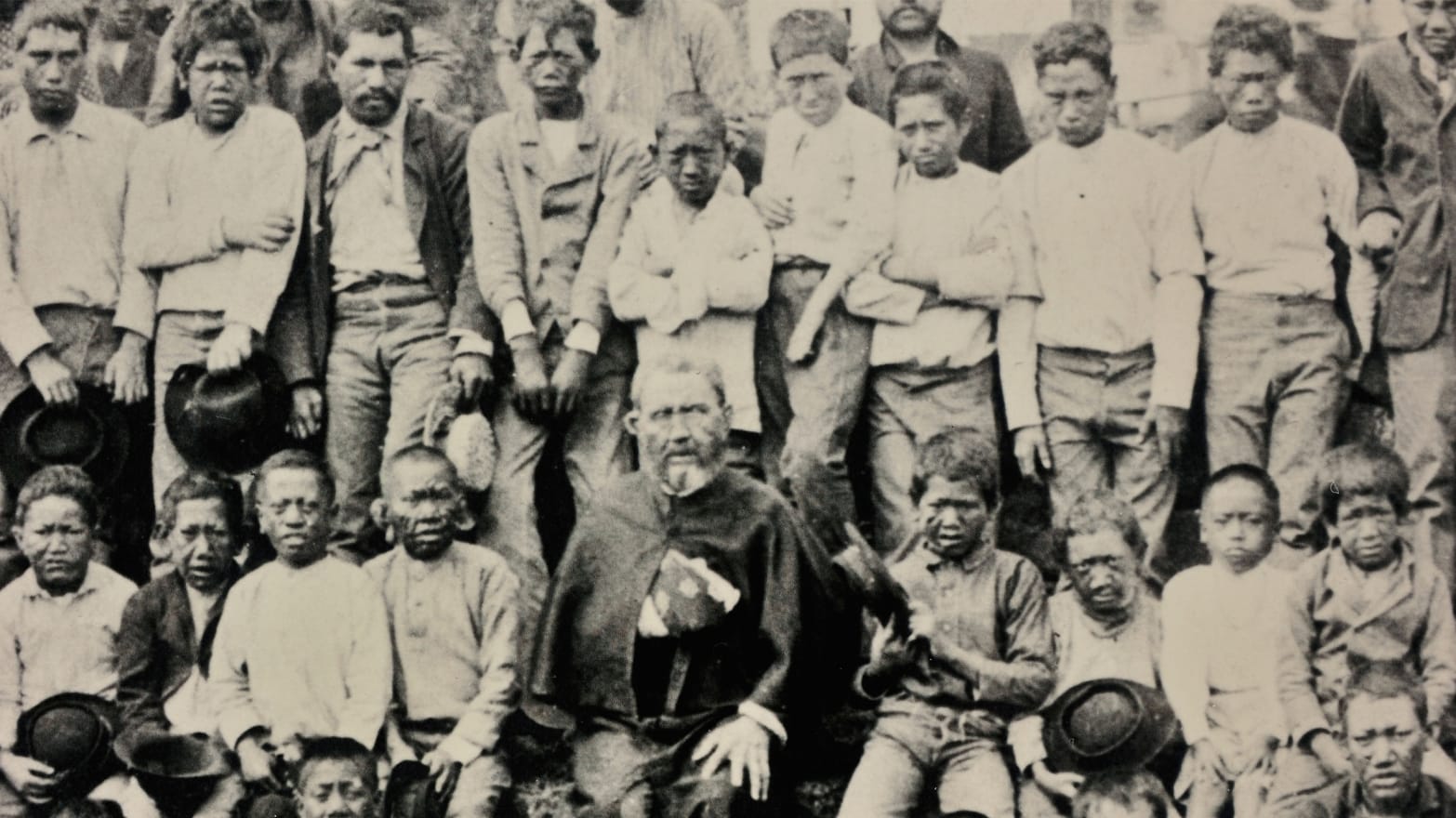Leper colony
 A leper colony, lazarette, leprosarium, or lazar house was historically a place to quarantine people with leprosy (Hansen's disease). The term lazaretto, which is derived from the biblical figure Saint Lazarus, can refer to quarantine sites, which were at some time also "colonies", or places where people affected by leprosy lived or were sent. Many of the first lazarettes were operated by Christian monastic houses. Leper hospitals exist throughout the world to treat those afflicted with leprosy, especially in Africa, Brazil, China, and India.
A leper colony, lazarette, leprosarium, or lazar house was historically a place to quarantine people with leprosy (Hansen's disease). The term lazaretto, which is derived from the biblical figure Saint Lazarus, can refer to quarantine sites, which were at some time also "colonies", or places where people affected by leprosy lived or were sent. Many of the first lazarettes were operated by Christian monastic houses. Leper hospitals exist throughout the world to treat those afflicted with leprosy, especially in Africa, Brazil, China, and India. Leper colonies or houses became widespread in the Middle Ages, particularly in Europe and India, and often run by monastic orders. Historically, leprosy has been greatly feared because it causes visible disfigurement and disability, was incurable and was commonly believed to be highly contagious. A leper colony administered by a Roman Catholic order was often called a lazar house, after Lazarus, the patron saint of people affected with leprosy. Some colonies were located on mountains or in remote locations in order to ensure quarantine, some on main roads, where donations would be made for their upkeep. Debate exists over the conditions found within historical colonies; while they are currently thought to have been grim and neglected places, there are some indications that life within a leper colony or house was no worse than the life of other, non-quarantined individuals. There is even doubt that the current definition of leprosy can be retrospectively applied to the Medieval condition. What was classified as leprosy then covers a wide range of skin conditions that would be classified as distinct afflictions today?
Leper colonies or houses became widespread in the Middle Ages, particularly in Europe and India, and often run by monastic orders. Historically, leprosy has been greatly feared because it causes visible disfigurement and disability, was incurable and was commonly believed to be highly contagious. A leper colony administered by a Roman Catholic order was often called a lazar house, after Lazarus, the patron saint of people affected with leprosy. Some colonies were located on mountains or in remote locations in order to ensure quarantine, some on main roads, where donations would be made for their upkeep. Debate exists over the conditions found within historical colonies; while they are currently thought to have been grim and neglected places, there are some indications that life within a leper colony or house was no worse than the life of other, non-quarantined individuals. There is even doubt that the current definition of leprosy can be retrospectively applied to the Medieval condition. What was classified as leprosy then covers a wide range of skin conditions that would be classified as distinct afflictions today?
Some leper colonies issued their own money (such as tokens), in the belief that allowing people affected by leprosy to handle regular money could spread the disease.

Comments
Post a Comment